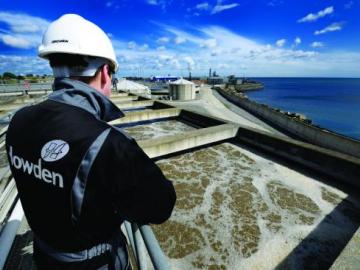Protect PD Blowers and Vacuum Boosters with Correct Oil for Bearings, Seals and Gears
When selecting the right oil for Positive Displacement (PD) blowers or vacuum boosters, it’s important to consider the three primary components the oil is formulated to protect: bearings, seals and gears. Oftentimes, the best option for one of these is not the same as the best option for the others, so a choice needs to be made for the most critical component, while also accounting for the secondary ones.



